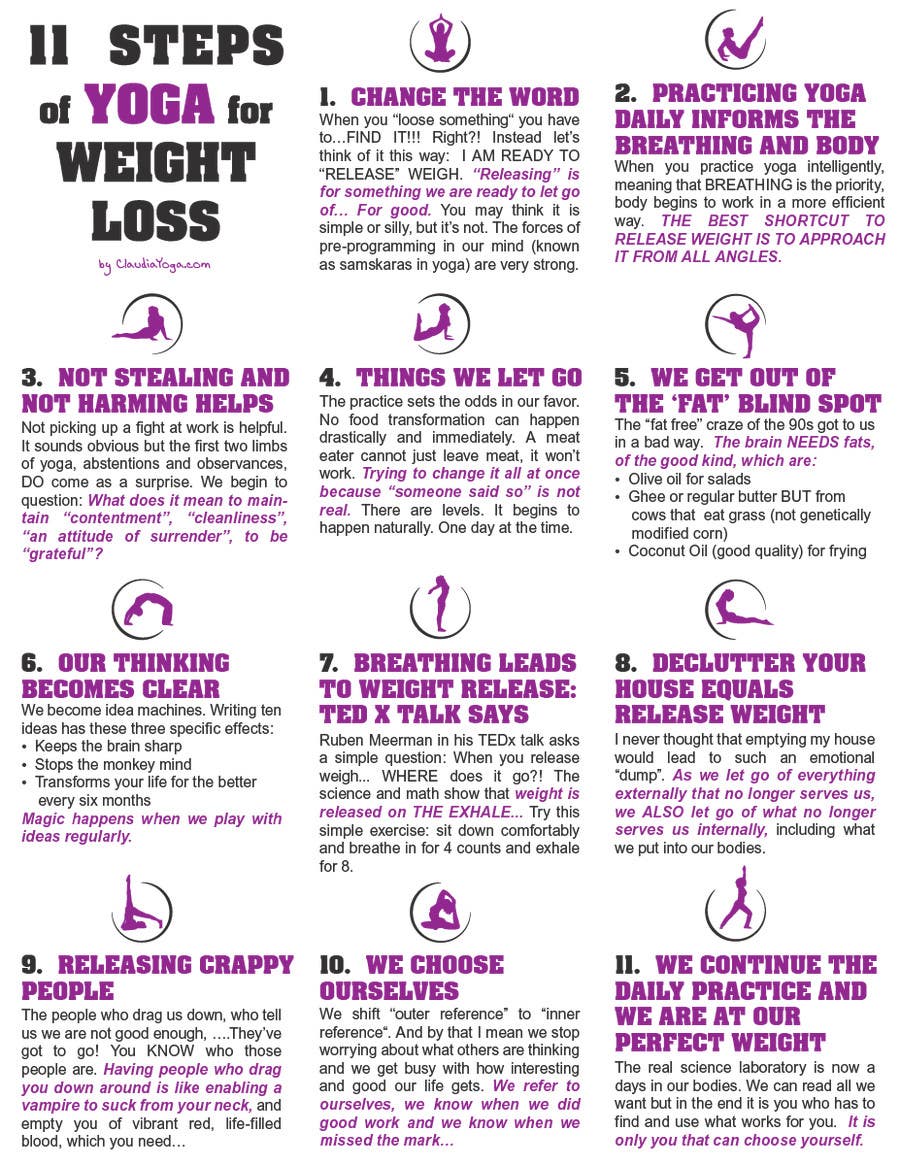Cold laser treatment is a valuable device to aid hurting management and the healing procedure. It is frequently used in sports medicine, dermatology and acupuncture.
Cold lasers permeate deep right into cells and promote chemical changes without warming them. They reduce inflammation and swelling, speed cellular activity and increase healing.
Academic History
Unlike the high-intensity lasers that surgeons use to puncture tissue, cold laser treatment uses light-emitting diodes to permeate into your skin and promote healing. As these photons reach broken tissues, they initiate a chain reaction that boosts your cells' manufacturing of enzymes and increases your body's all-natural recovery procedures.
The photons also minimize pain with the manufacturing of endorphins and boost your body's ability to drain pipes puffy locations by inducing vasodilation (the growth of blood vessels). Therefore, it aids you recover from bone and joint injuries and discomfort more quickly.
Lots of people have actually heard about chilly laser treatment from their physical therapist, chiropractic specialist or physician and may be asking yourself just how it functions. Unlike a lot of laser tools utilized in the medical field, which really heat up tissue, our modern tools sends out chilly laser light beams that do not create any type of heating of your tissues. This allows your body to receive the therapeutic benefits without setting off any negative effects.
Scientific Trials
Cold laser treatment is usually advised as a therapy choice for clients that have bone and joint discomfort and injuries. It can be used to minimize inflammation, reinforce cells and accelerate the body's natural recovery procedures.
Non-thermal photons of red and infrared laser radiation are soaked up by the light delicate elements in cells and launch an increase in intracellular metabolic process that increases cell recreation, lowers inflammation, gets rid of edema and shortens recovery time.
Unlike the light that is created by sunlight or standard lights, laser light is identical (all wavelengths travel in the same direction), systematic and monochromatic. These homes allow laser power to permeate much deeper into the cells.
A number of professional trials have actually revealed that LLLT can be effective in minimizing pain in the musculoskeletal system. However, even more properly designed studies are needed to assess the optimal settings for laser irradiation and to determine its effectiveness in specific conditions, such as oral mucositis in cancer patients receiving chemotherapy or radiotherapy, and wound healing (consisting of diabetic ulcers complying with hammertoe surgical procedure). This Aetna policy bulletin does not address various other uses of LLLT, consisting of the therapy of numerous skin diseases.
Conclusions
Unlike surgical lasers that can damage tumors or coagulate tissue, chilly laser treatment does not warm the body's cells. Rather, the light boosts your cells to produce adenosine triphosphate, which speeds up the fixing process of injured tissues.
Aetna considers low-level laser (LLL) therapy medically required for the prevention of oral mucositis related to cancer therapy (radiation treatment, radiation treatment, hematopoietic stem cell transplant) and non-cancer treatments (such as radiodermal injury, fibromyalgia). Numerous studies revealed that LLT can be reliable in decreasing PU signs without adverse impacts. Nonetheless, distinctions in research styles and laser dosimetry made contrast of the results tough; RCTs with reduced threat of bias are required. The use of a 660 nm wavelength and greater power thickness appears to be more reliable than the various other studied laser wavelengths. This could be because the various other wavelengths may stimulate inflammatory procedures and trigger more adverse effects. The impact of the sort of laser used is likewise crucial; the authors recommend that future study concentrate on assessing different types of lasers and their dosages to establish the optimal mix of laser specifications for PU prevention.
Suggestions
Cold laser therapy is made use of by dental experts to treat irritated gum cells, doctors to reduce pain brought on by rheumatoid arthritis, and physiotherapists to speed the recovery of muscle, ligament, and ligament injuries. Numerous medical insurance strategies cover this therapy.
Unlike warm lasers, which have a thermal impact on tissues, cold laser therapy center lasers (also called low-level lasers) boost the mobile power of the skin. Photons from the laser light permeate into the cell, setting off a series of chemical changes that advertises regrowth and minimizes swelling.
In order to be effective, lasers must be properly arrangement and made use of. This is why it is not suggested to acquire a cheap over-the-counter laser device and attempt to treat on your own in your home. A skilled expert is needed to ensure that the gadget is made use of properly to decrease the danger of eye injury and optimize its effectiveness. The laser gadget must be adapted to the correct setup, strength, regularity, and position of the laser on the therapy location.
